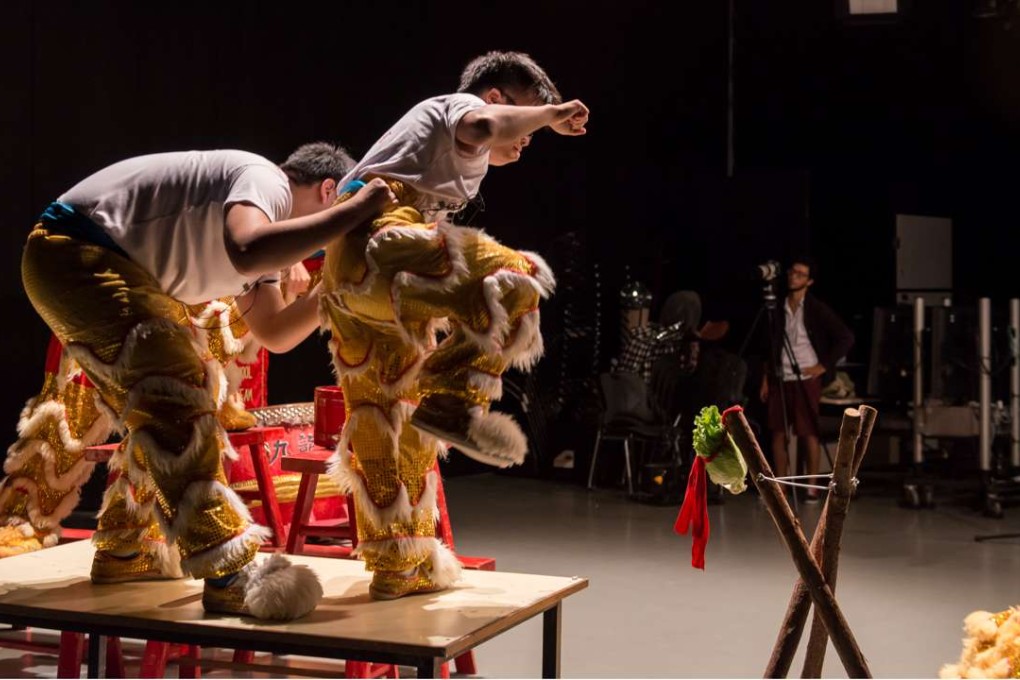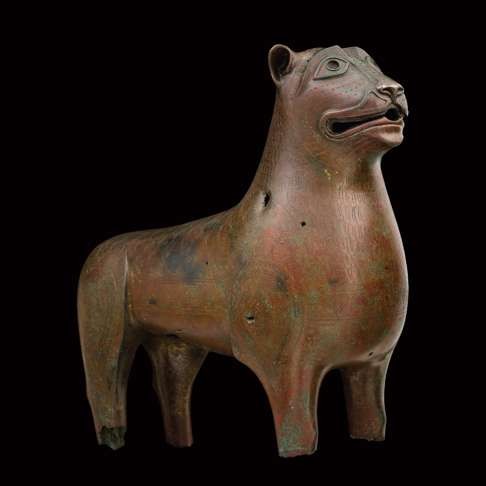The Collector | Ancient Mari-Cha Lion makes Hong Kong debut at Asia Society’s lion-themed show
Bronze sculpture from the 11th or 12th century may have been made in Moorish Spain or, says guest curator of an Asia Society exhibition in Admiralty, by Arab craftsmen commissioned by the Normans in Sicily to create a ‘throne of Solomon’

Thanks to the newly installed resident of the White House, people around the globe have been scratching their heads over the term “alternative facts”. Happily, competing visions of reality at an Asia Society exhibition do not pose the same metaphysical conundrum, but merely highlight the thrilling possibilities of imagining ancient history through a work of art.
The Mari-Cha Lion, star of the lion-themed art exhibition, is an enigma.
The Hong Kong-based businessman will not speak about it but his interest in the lion may have been stoked by its similarities with the Pisa Griffin, widely considered a great example of Islamic art from the same era and kept at the Museo dell’Opera del Duomo, in Pisa.
The Christie’s auction catalogue says the lion and griffin could have come from the same workshop and metallurgists have proved both were made in the 11th or 12th centuries. They are both bronze, roughly the same size, engraved with similar patterns and have an Arabic inscription expressing goodwill on their chests and flanks. Naturally, the better-known griffin’s backstory was used to fill in the massive gaps of knowledge regarding the lion.

